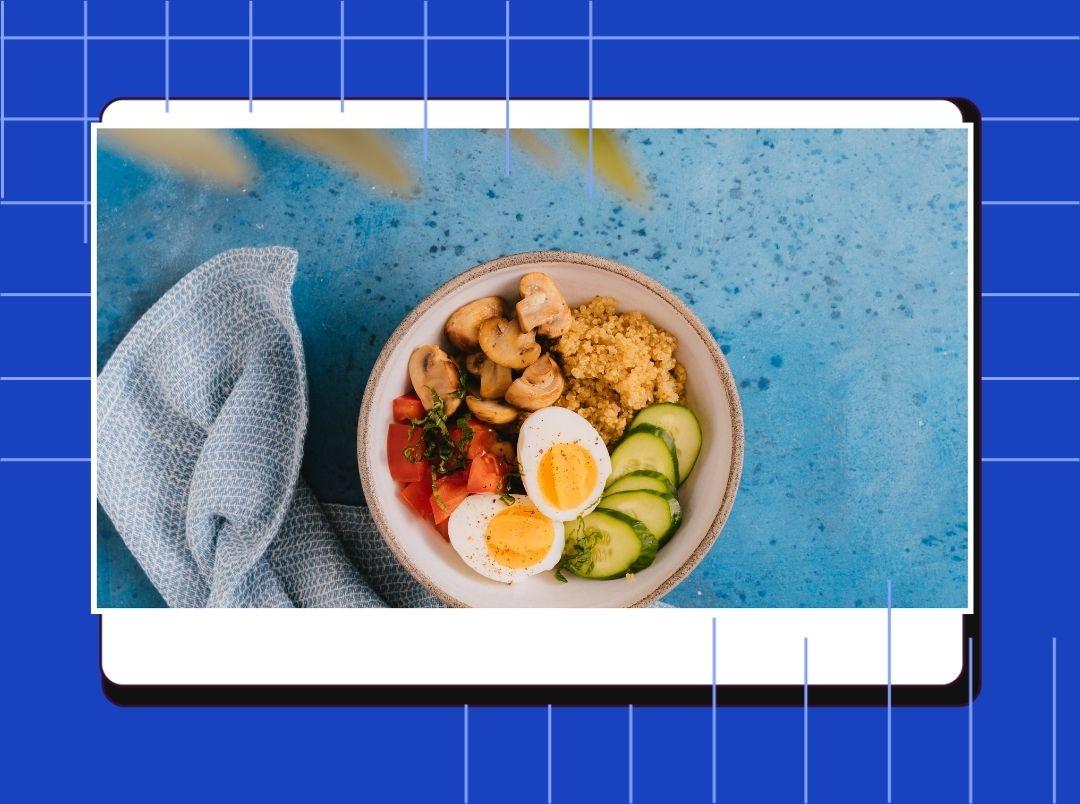How many times have you read the word ‘haemoglobin’ on the top of your blood reports? This is what it means – haemoglobin is a pigment found in red blood cells and is a very important iron containing protein present in our body. It helps carry oxygen throughout the body and carries carbon dioxide from all parts of the body to the lungs. People with low haemoglobin levels often wonder how to increase haemoglobin easily, effortlessly, and mostly at home. If you’re someone who is finding ways on how to increase haemoglobin levels fast, this article is for you.
Table of Contents
Before getting into the down-low of how to increase haemoglobin in body, let’s learn how our body will react to the deficiency of haemoglobin. A healthy haemoglobin level stays between 11 to 15 g/dL for women, and between 14 to 18 g/dL for men. If your haemoglobin levels go any lower than the lowest limit, start taking precautions in your diet immediately. If your haemoglobin levels hit a dangerous low, there is a big risk of you becoming anaemic, and facing symptoms like fatigue or trouble breathing.
Here’s How To Improve Haemoglobin Levels In The Body
One haemoglobin deficient blood report will have you frantically Googling things like ‘how to increase haemoglobin naturally’ or ‘how to increase haemoglobin fast’. Here is some basic knowledge and to-dos for when someone’s haemoglobin levels hit a dangerous low and you’re left wondering how to increase haemoglobin immediately.
- Increase iron intake
- Increase folate intake
- Make dietary changes
- Maximize your iron absorption
- Take supplements if necessary
Symptoms Of Low Haemoglobin
While a basic blood report can easily tell you if your haemoglobin levels are low or not, you should also be aware of some basic bodily symptoms of low haemoglobin levels. This way you can rush to the doctor immediately and at least start home remedies to increase haemoglobin. Some of the most common symptoms of low haemoglobin levels in the body are as follows:
- Feeling of fatigueness
- Trouble in breathing
- Irregular or fast heartbeat
- Constant headaches
- Weakness in muscles
- Unexplained bruises on body
- Paleness of skin and gums
Causes Of Low Haemoglobin

There might be a number of underlying health reasons that may be causing a sudden drop in your body’s red blood cells, and hence, haemoglobin levels. If you find yourself looking for answers to questions like how to increase haemoglobin, or how to improve haemoglobin levels in the body, you might want to consider some of your lifestyle choices or medical history to figure out a reason for this condition first. While pregnant women or menstruating women usually have low haemoglobin levels naturally, some people with low haemoglobin might have serious issues to be taken care of. Here are some of the most common reasons for low haemoglobin levels in the body:
Common Causes:
- Menstrual cycle
- Pregnancy
- Iron deficiency
- Vitamin B12 deficiency
- Folate deficiency
- Excessive smoking
- Extreme physical exercise
Serious Causes:
- Lung disease
- Chronic kidney disease
- Cancer
- Aplastic anemia
- Hypothyroidism
- Lead poisoning
- Leukemia
- Arthritis
FAQs
What is a low haemoglobin count?
Normal haemoglobin level is considered to be between 12 to 18 grams per deciliter (g/dL). However, a haemoglobin level of less than 13.5 g/dL is considered low in men, while a level of less than 12 g/dL is considered low for women. If your blood reports state that your haemoglobin levels are lower than these numbers, start eating foods to increase haemoglobin levels like beetroot.
How can I increase my haemoglobin in 10 days?
If you’re wondering how to increase haemoglobin fast, start by incorporating meat, fish, soy products, eggs, dried fruits, green beans, nuts, and broccoli into your daily diet.
Which fruit is best for haemoglobin?
Iron deficiency is one of the most common reasons for low levels of haemoglobin. One of the best home remedies to increase haemoglobin is by eating haemoglobin producing foods daily. If you’re planning to do so, you can start by eating fruits like oranges, lemon, bell peppers, tomatoes, grapefruits, and berries. These fruits are rich in vitamin C and help fulfil iron deficiency in the blood. You can also eat apricots, apples, grapes, bananas, pomegranates, and watermelon if you’re wondering how to increase haemoglobin quickly.
What can I drink to increase haemoglobin?
Include iron-rich drinks in your diet if you’re wondering how to increase haemoglobin in females and males. Try drinks like beetroot juice, spinach juice, prune juice, a veggie blend with carrots, kale, and berries.
Related Reads
Iron rich foods: Here is a list of iron-rich foods that should be a part of a healthy diet. These foods can help you increase haemoglobin naturally at home.
How to increase platelet count: Here is a list of simple ways in which you can effectively increase your blood platelet count.
Foods to boost immunity: Boost your immunity by incorporating these foods into your daily diet. A healthy body’s optimum immunity levels can protect you from a number of diseases and infections.
It is recommended for individuals with low haemoglobin levels to consult a doctor for advice on how to increase haemoglobin. Whether it is how to increase haemoglobin at home, how to increase haemoglobin levels naturally through diet and lifestyle changes, or through supplements and medicine, a doctor’s check will not only rule out the exact reason for your low haemoglobin levels, but is also the best way to overcome the same. To keep your haemoglobin levels to their optimum healthy levels, avoid unhealthy lifestyle habits like smoking, excessive drinking, less to no physical exercise, and a junk food diet. Keep iron, folate, and vitamin B12 levels in your body at healthy levels by eating a healthy and balanced diet.
Featured Image: Pexels



